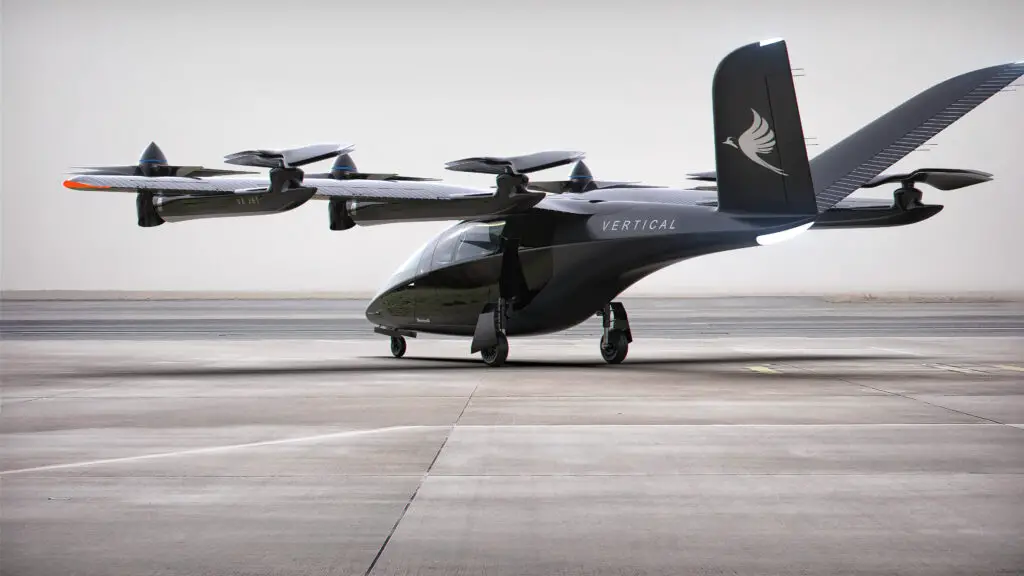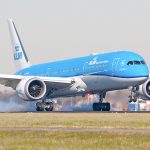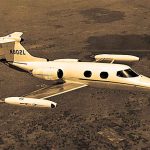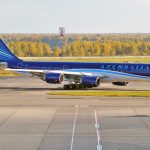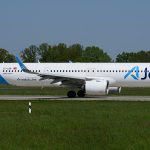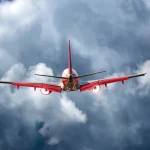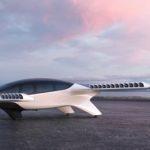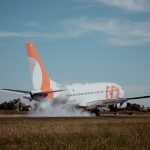Vertical Aerospace conducted the first flight test of its electric vertical take-off and landing (eVTOL) prototype, called the VX4. The company thus becomes the first British aerospace company to move into the testing phase of a new design in more than 20 years. After receiving permission from the UK Civil Aviation Authority (CAA), the aircraft, piloted by Justin Paines, soared a few meters, although it remained tethered to the ground throughout the event.
According to Vertical’s plans, the VX4 should be certified in 2025. The company thus continues to advance its intensive flight test program, which should last several months. It is composed of different stages, in which progressively higher altitudes and speeds will be reached. It will end with the completion of the vertical-to-horizontal flight transition tests.
Engineers, flight technicians, and other company employees were on site last weekend (September 24-25) when the chief pilot of the test team took command of the aircraft. After performing all pre-flight checks, the eight sets of propellers lifted the aircraft during a short stationary vertical flight. After the flight, Paines stated that «this test represented the culmination of many months of preparation. Being at the controls of the VX4 was a proud moment for everyone.»
Related Content: American Airlines and FlyingGroup confirm orders for fifty aircraft from Vertical Aerospace
The company – in a departure from tradition – decided to conduct its first manned flight test, demonstrating that it could meet the highest safety standards. To this end, Vertical received CAA approval after demonstrating that the flight could be conducted safely, both for the crew member and for ground personnel. The positive outcome of this first test will cement plans for certification of the VX4, which the company hopes to achieve by 2025.
Stephen Fitzpatrick, Vertical’s founder, and CEO noted after the event -paraphrasing Neil Armstrong- that «this represents a small step for Vertical Aerospace, but a giant leap for British aviation. For over 100 years, the UK has been a world leader in aviation. Today, in the 21st century, it leads the world in the development of zero-emission aircraft.»
The aircraft is designed to carry a pilot and four passengers for a distance of up to 160 kilometers flying at a cruising speed of 200 kilometers per hour. It’s maximum speed would be around 240 kilometers per hour. The company has already received more than 1,400 purchase options from some of the industry’s leading carriers, including Virgin Atlantic, American Airlines, Japan Airlines, and Air Asia.

